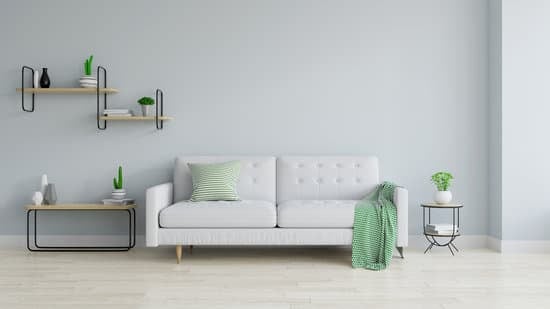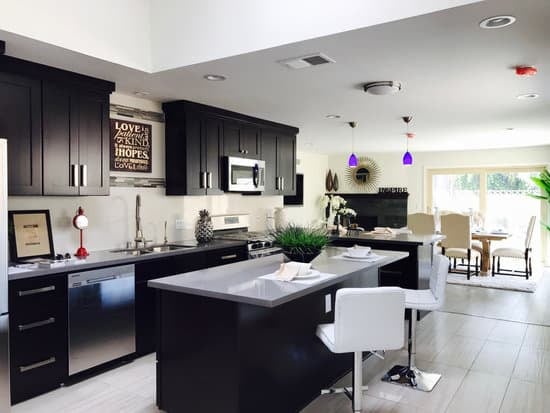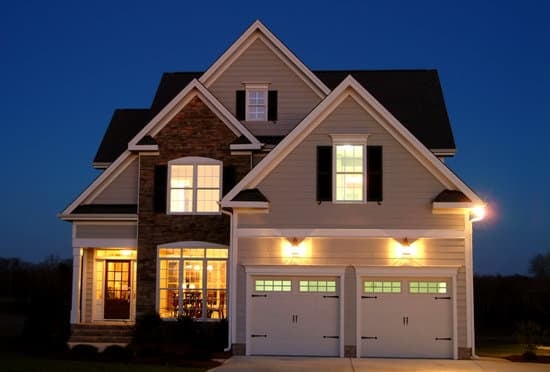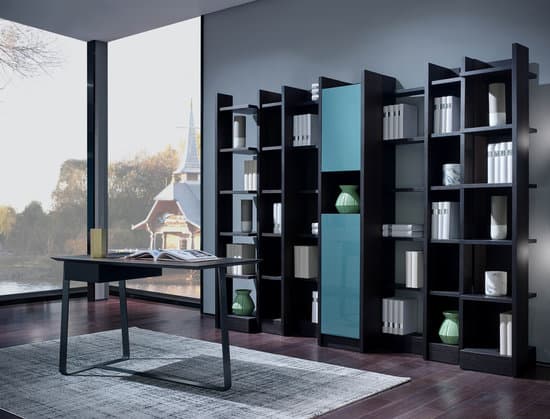The Origins of Bauhaus and Art Deco
The Bauhaus and Art Deco movements emerged almost simultaneously – the early 20th century. They were both important movements in design and influenced many designers and artists for decades to come. Bauhaus, which translates to “school of building,” emerged in Germany in 1919 under the leadership of Walter Gropius. It was founded on the principle that design should be functional, practical, and accessible to everyone. Bauhaus believed that good design should be simple, clean, and efficient. The goal was to create everyday objects that were beautiful, but also practical and affordable. On the other hand, Art Deco is a style of decorative arts that first appeared in Paris in the 1920s. This style was characterized by its use of bold geometry, vivid colors, and rich materials. Art Deco was very popular in the 1920s and 1930s, and it influenced art and design all over the world.Understanding the Art Deco Style
Art Deco is a highly decorative style that focuses on intricate details. It features bold geometric shapes, symmetrical designs, and bright colors. Some key elements of Art Deco include:- Use of bold geometric shapes, such as sunbursts, zigzags, and chevrons
- Symmetrical and linear designs
- Metallic accents, such as chrome and stainless steel
- Jazz Age influences, with a focus on luxury and glamour
- Intricate patterns, such as those found in Egyptian art
Key Features of the Bauhaus Style
Bauhaus is a style that prioritizes function over form. It focuses on creating practical, efficient designs that are accessible to everyone. Some key elements of the Bauhaus style include:- Simple and clean designs
- Functionality and practicality over decoration
- Use of primary colors, such as red, blue, and yellow
- Minimalism, with an emphasis on the essential components of design
- Industrial materials and techniques, such as steel and concrete




















